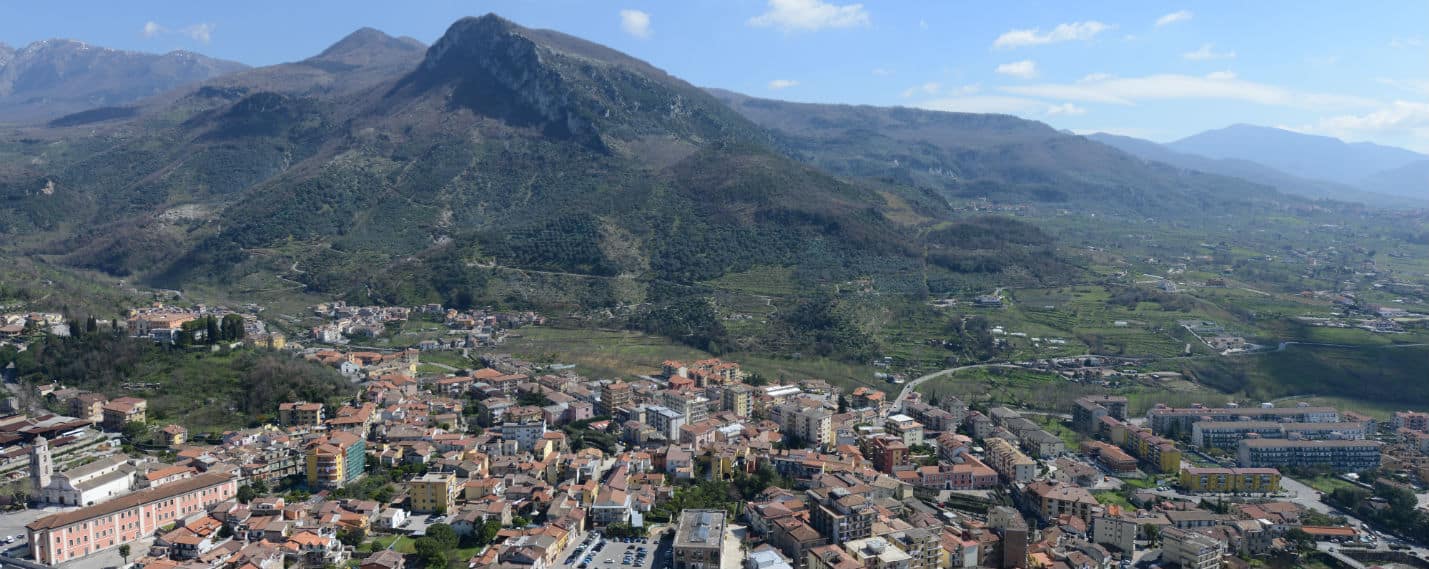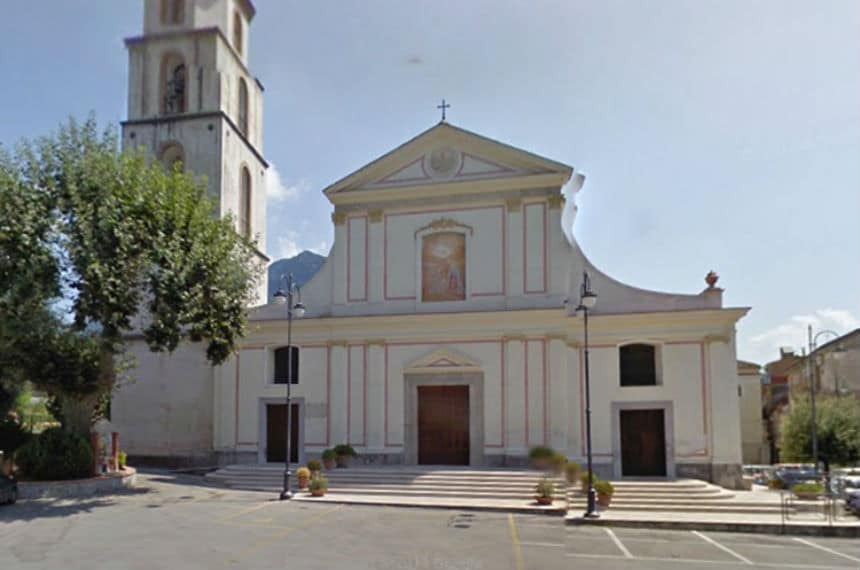From the first news reported it emerges that the ancient church of the Annunziata corresponds to that of Santa Maria De Castella, dating back to 970. It was built by the owner of the county of Giffoni, hereinafter, the Count Pietro inherited a share of the goods it. In the year 1309 was still owned by the feudatory of Giffoni. At the end of the fifteenth century under the influence of Franciscanism, the plan of the church, formed by a single ship is transformed into the current one. In fact, when Giffoni was elevated to Dioecesi in 1531 it was already in the form of a latin cross with three ships. And for this reason he was chosen as the cathedral of the diocese, thanks to the desire of the Marquis del Vasto and Princess of Francavilla, in the Secret Consistory of 2 September 1530. The first bishop of Giffoni, Innico d’Avalos d’Aragona, not ever taken possession of his seat; the hostility of the Church of Salerno and of that of Acerno toward the new diocese will lead to the rapid withdrawal of the bishopric of Giffoni.
The architectural plexus was completed with the hospital, adjacent to the Church, above which was founded the Confraternity of the Immaculate, dating back to 1621. The church of the Annunziata presents to the visitor a coating in baroque style. The high altar is coated with polychrome marble, at the top there is a niche with a wooden group of the Val Gardena, depicting the Annunciation. The sky of the nave has a carcass 24 m², depicting “The Angel that descends from heaven and the Madonna that awaits him with confidence”, work of a local artist, V. Stavolone. At the sides of the nave there are 14 canvases, which represent the various stations of the Via Crucis, dating back to the XVII century, from the German School, belonged to the great musician Johann Strauss and donated to the parish by a Bavarian engineer (thanks to the interest of giffonese don Antonio German, rector of the Pantheon). In the same nave, there is a wooden pulpit of the eighteenth century, worked and engraved. In the left aisle there is a table of XVI century, depicting the Madonna del Carmine with the souls of Purgatory and two warriors, the underlying altar preserves a reliquary containing the sacred plug.



